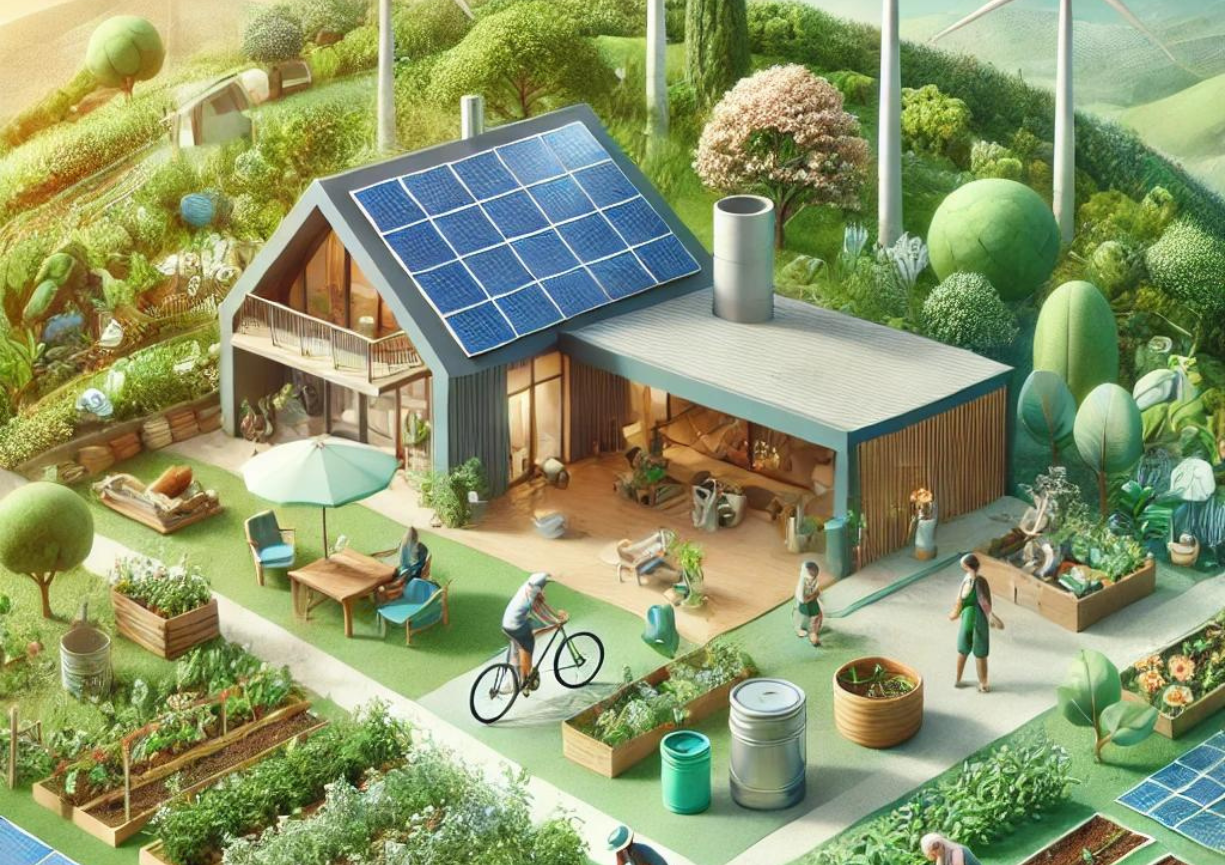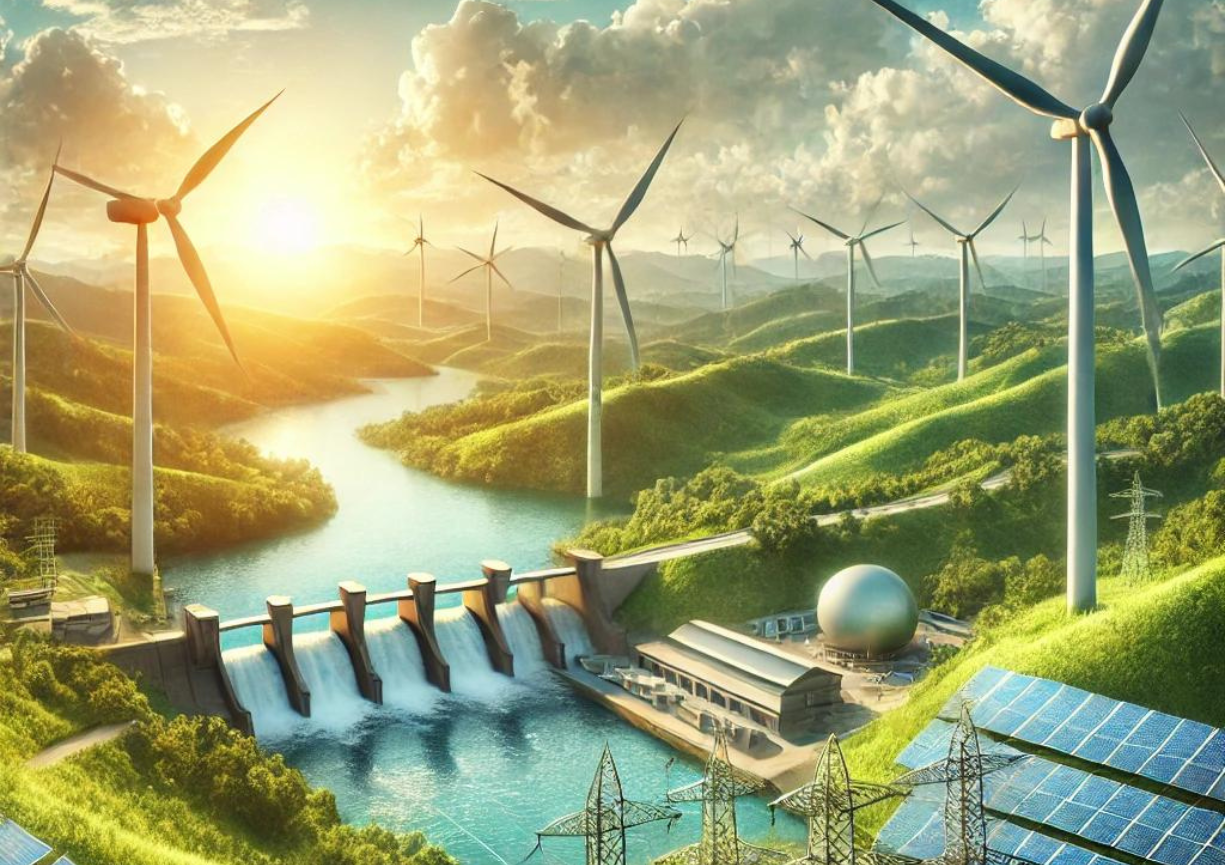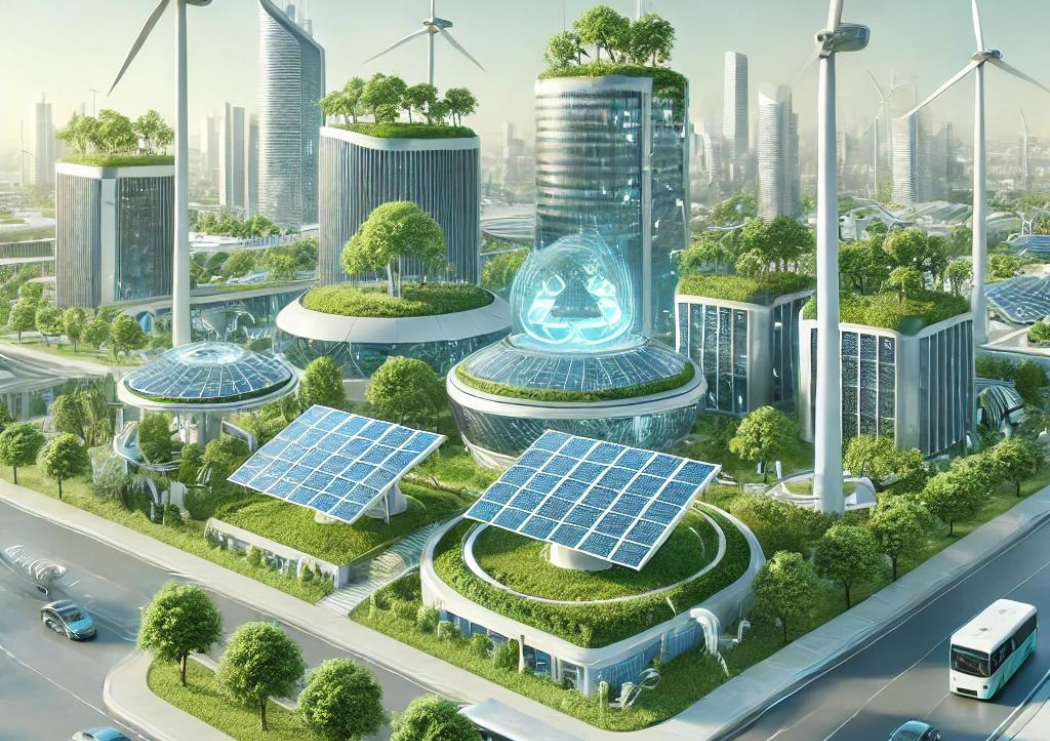DIY Solar Panels: A Step-by-Step Guide

Solar energy is an abundant and sustainable resource that can power homes, workshops, and other spaces. Building your own DIY solar panel system not only helps reduce reliance on fossil fuels but also lowers electricity bills over time.
- Cost Savings: A DIY approach allows for better control over costs compared to pre-made systems.
- Customization: Tailor your system to your specific energy needs, whether for home or smaller applications.
- Environmental Impact: Reduce reliance on non-renewable energy sources and lower your carbon footprint.
1. Determine Your Energy Requirements
The first step is to assess your energy consumption. Calculate how much power your system needs to generate by considering appliances, tools, or specific projects. This helps determine the number of solar panels and batteries you need.
Example: If you're building a system for a workshop, list the power requirements of tools like saws and drills. For home systems, consider the total household energy consumption.
Use the solar calculator from the U.S. Department of Energy to estimate the size of your system.
2. Gather Materials and Tools
- Solar Panels: Choose between monocrystalline, polycrystalline, or thin-film panels depending on your budget and efficiency needs.
- Charge Controllers: To regulate the flow of electricity and prevent overcharging the batteries.
- Inverters: Convert DC electricity to AC power for use in your home.
- Batteries: Store excess energy for cloudy days or nighttime use.
- Mounting Hardware: Ensure that panels are securely installed on your roof or the ground.
3. Choosing Solar Panels
Solar panels come in various types. Here's a breakdown:
- Monocrystalline Panels: Highly efficient, long-lasting, and perform well in low-light conditions. They are more expensive but generate more energy per square foot.
- Polycrystalline Panels: Less expensive and slightly less efficient. A great balance for DIY projects.
- Thin-Film Panels: Lightweight and flexible but less efficient. These are ideal for portable systems or unique installations.
4. Plan Your System Layout
Positioning your solar panels is crucial to their efficiency. In the northern hemisphere, panels should face south and be tilted to match your latitude. Proper mounting ensures safety and ventilation to avoid overheating. Roof mounting is ideal for small systems, while ground mounting is preferable for larger setups.
Example: Building a Solar Kiln
Let's explore how to build a solar kiln for drying wood. A solar kiln uses solar collectors to control the drying rate of wood. For example, an 8-foot-high back wall and a 10.5-foot interior width can dry up to 450 board feet of wood.
Materials for Solar Kiln
- Clear Corrugated Greenhouse Panels: Used for solar collectors.
- AnchorSeal Log and Lumber End-Grain Sealer: To prevent checking in wood.
- Pre-Primed T-111 Engineered Siding: Durable siding for kiln walls.
Photovoltaic panels convert sunlight into electricity and are the most common way to harness solar energy. Installing PV panels as part of your DIY project can significantly reduce energy bills and provide energy independence.
- Solar Panels: The key component that captures sunlight.
- Charge Controllers: Regulate electricity flow to batteries.
- Inverters: Convert DC power to AC for household appliances.
- Batteries: Store energy for later use.
- Connect the solar panels to the charge controller to regulate the electricity flow.
- From the charge controller, connect to the battery bank to store energy.
- Finally, connect the battery bank to the inverter to convert stored energy into usable AC power for your home or workshop.
- Greenlancer: Professional support for solar installations.
- National Renewable Energy Laboratory (NREL): Solar research, tools, and data.
- Solar United Neighbors: Helps homeowners navigate going solar.
- U.S. Department of Energy: Guide to solar energy for homeowners.
Building a DIY solar panel system is an excellent way to harness renewable energy and reduce your reliance on fossil fuels. Whether you’re powering your entire home or a smaller project like a solar kiln, careful planning and proper installation will ensure a successful and sustainable system.






Leave a comment